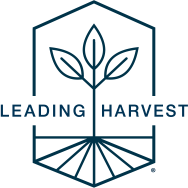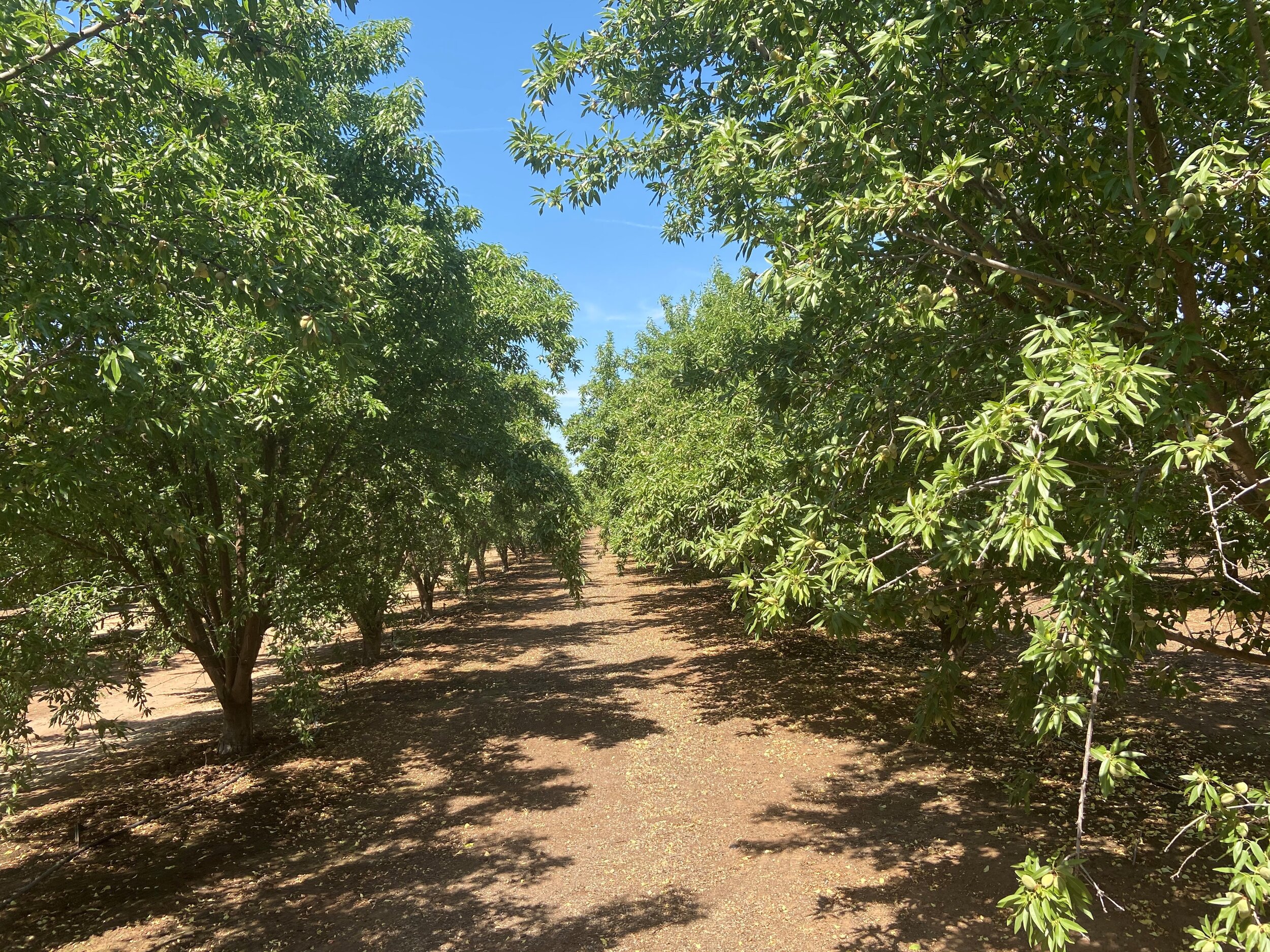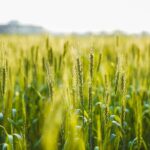Chester Farm
Location:
Tulare County, California; About 20 miles north of Visalia
Years in Operation:
Of the current planted acres, the navels are mature and were originally planted in 2000. The almonds were planted in 2014 and are a year or two away from reaching full mature production. FarmTogether acquired this property in early 2020.
Leading Harvest Program User:
FarmTogether and Green Leaf Farms Inc. (“Green Leaf”).
Green Leaf manages this orchard as well as several others in FarmTogether’s portfolio in Tulare County.
Green Leaf has been managing farmland investment properties since the early 1980s and manages about 3,500 acres of citrus, almonds and walnuts. They have operations located as far north in California’s Central Valley as Oakdale, and as far south as Porterville.
Size of Operation:
53.5 Acres – 35 acres of Almonds and 18.5 acres of Navels
Crop Type:
Navel Oranges and Almonds
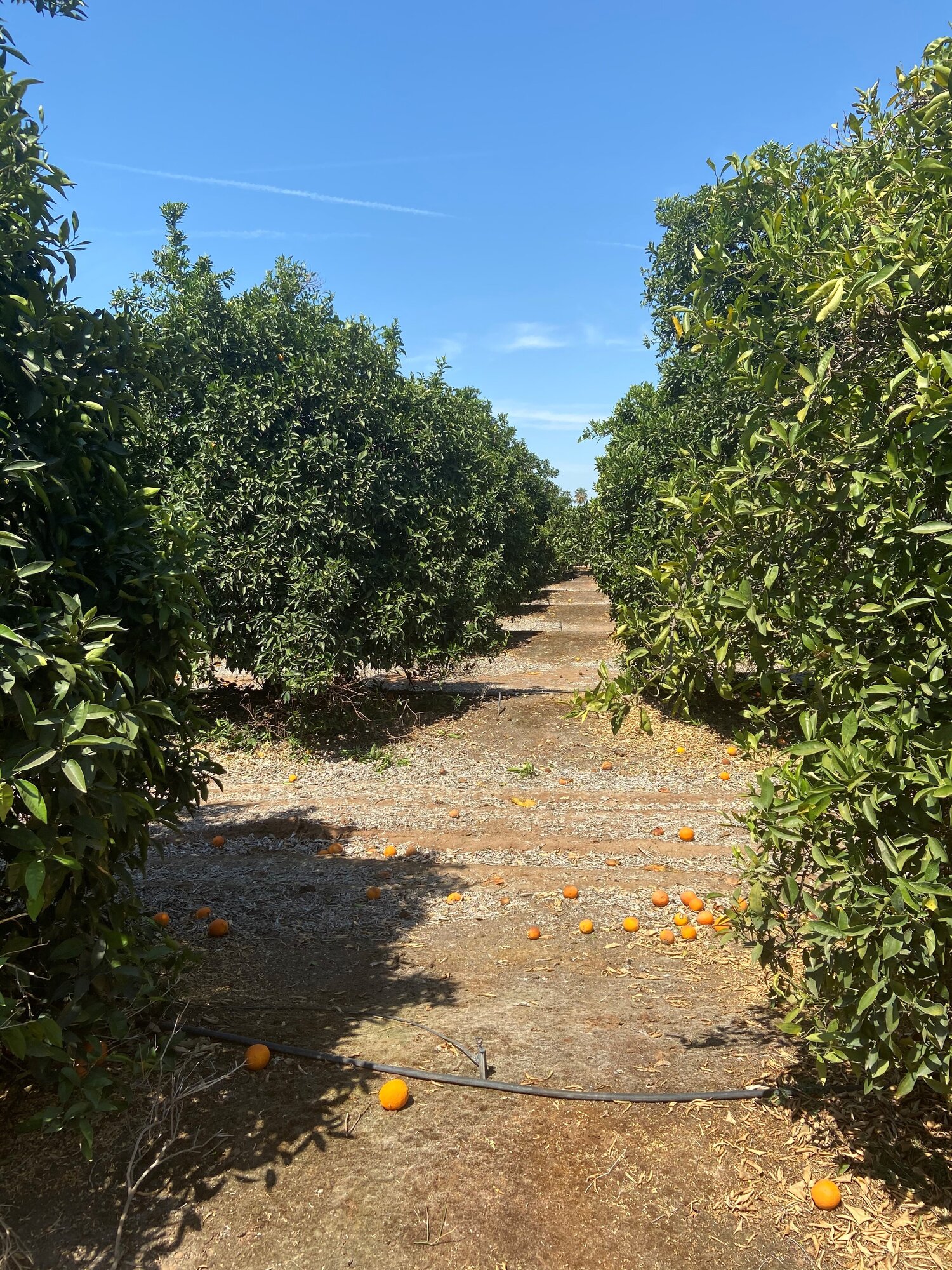
Objective 3. Water Resources
To protect water resources and manage water for efficient agricultural productivity.
RELEVANT INDICATORS
Performance Measure 3.1. Water Use:
Standard users shall conserve water resources and manage water use to avoid long-term depletion and maintain crop productivity.
- Indicator 3.1.1. Agricultural Water Withdrawal:
A process for avoiding the depletion of available groundwater resources beyond the recharge capacity of the watershed or catchment and by direct withdrawal where groundwater depletion is an issue as determined by a groundwater regulatory agency. - Indicator 3.1.3. Water Conservation:
A water management program that uses appropriate technology (including crop/irrigation system design) and applies regional agricultural best management practices to utilize water efficiently; to provide water tailored to crop needs; and to control pests, pathogens, salinization and accumulation of other adverse compounds.
Performance Measure 3.2. Water Quality:
Standard users shall apply a program to properly manage the use of fertilizers and other soil amendments, crop protectants, and other inputs and avoid release of sediment and nutrients from agricultural lands into groundwater and surface water.
- Indicator 3.2.1. Input Application on Agricultural Lands:
Application of regional agricultural best management practices when applying fertilizers and other soil amendments, crop protectants and other agricultural inputs to avoid and control infiltration of nutrients, crop protectants and pathogens into groundwater. - Indicator 3.2.2. Water Quality Protection:
Application of regional agricultural best management practices to manage water runoff from cropland into surface water and protect wetlands, riparian areas and water quality of groundwater and surface water.

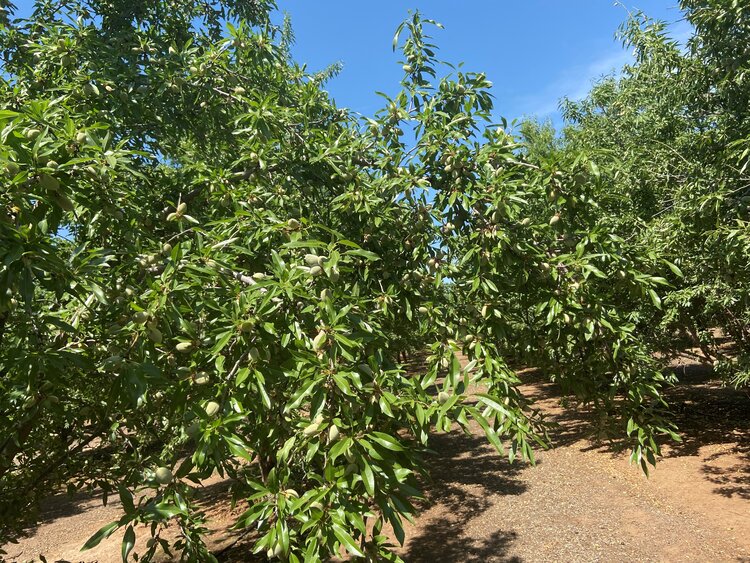
Leading Harvest Indicators at Work
When Green Leaf took over the management of the Chester Farm property, they immediately took aim at upgrading the irrigation system on the farm. The system they inherited had various issues – malfunctioning filtration systems that led to both inadequate filtering of irrigation water as well as water loss, and unequal distribution of irrigation water across the orchard. On average, the ranch’s irrigation infrastructure was only able to deliver water with about 60% efficiency to its crops, and they noticed a major lack of uniformity – as large as a 30-40% differential in water delivery between some sprinklers.
Immediately, the Green Leaf team installed both updated filter stations as well as new fan jet sprinklers, and ramped up their rigor in evaluating efficiency and uniformity of water delivery. Making these changes has allowed Green Leaf to maintain an 85% or greater efficiency standard across all of Chester Farm for water delivery, as well as to improve water quality.
These system upgrades have also allowed Green Leaf to maintain uniform distribution of irrigation water across the entire ranch; Green Leaf can now also co-deliver fertilization inputs with irrigation water. Green Leaf can now time both irrigation and fertilization to exactly when the crops need them and ensure avoidance of waste or excessive application to the fields.
Chester Farm is located in Orange Cove Irrigation District in the heart of California’s “citrus belt”, and has both Class 1 surface water rights as well as two groundwater wells. Given their long operating history in California, Green Leaf is no stranger to the importance of mindful use of water resources, and the combination of this new technology and the Chester Farm property’s water resource endowment allows them to navigate periods of water scarcity with confidence and maintain a productive crop. It also empowers them to be stewards of the long-term health of their water resources by avoiding excess input runoff and carefully programming their use of water to be balanced with the crop’s demands.
“Did you know?”
- Green Leaf has been in operation for nearly forty years and takes a lot of pride in prioritizing sustainable management across all their properties.
- “We do our best to farm all parcels, whether self-owned or managed, as though Green Leaf ourselves own the land,” says Nick Hill, FarmTogether’s lead farm manager with Green Leaf. “We truly view sustainable management and certifications like Leading Harvest and Global GAP as assets to our company.” As Nick alludes to, Green Leaf is also a Global GAP certified company, and has achieved a perfect score on their audits three years running.
- As proud members of the Central Valley farming community, Green Leaf has also found value in partnering with local companies doing innovative work on agricultural equipment and technology. For the irrigation systems they have installed on Chester Farm, they partnered with Davis Road Oil & Equipment Inc, a wholesaler and manufacturer of sprayer and irrigation rigs in nearby Reedley, CA. Green Leaf works actively with Davis Road Oil in developing and experimenting with new technologies on many of their properties, which allows Green Leaf to stay on the cutting edge of their industry, both in terms of production and sustainability.
